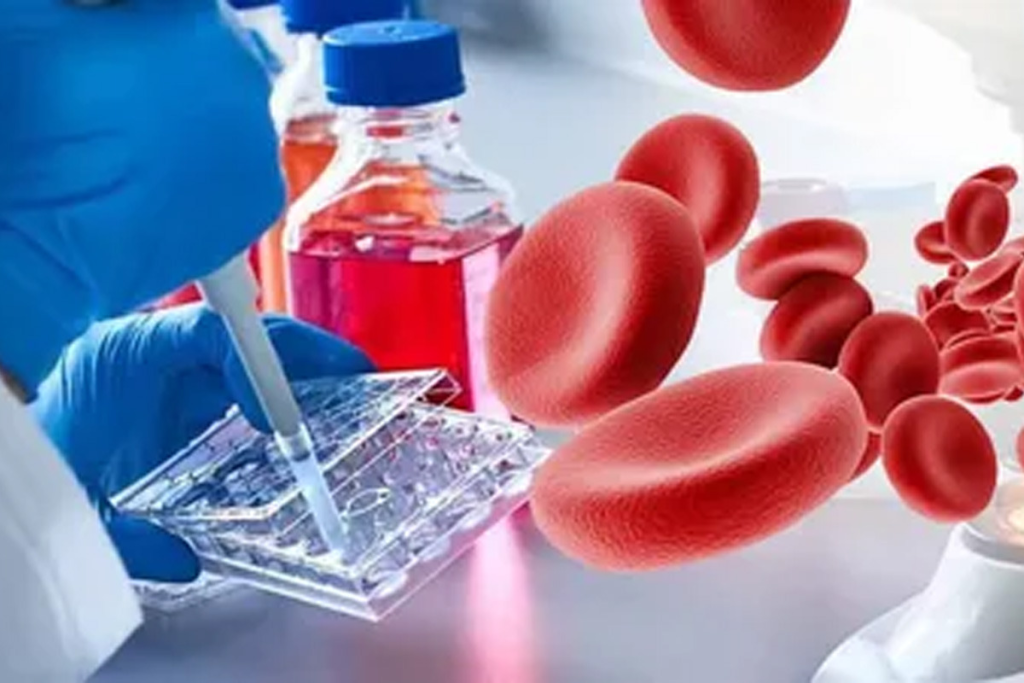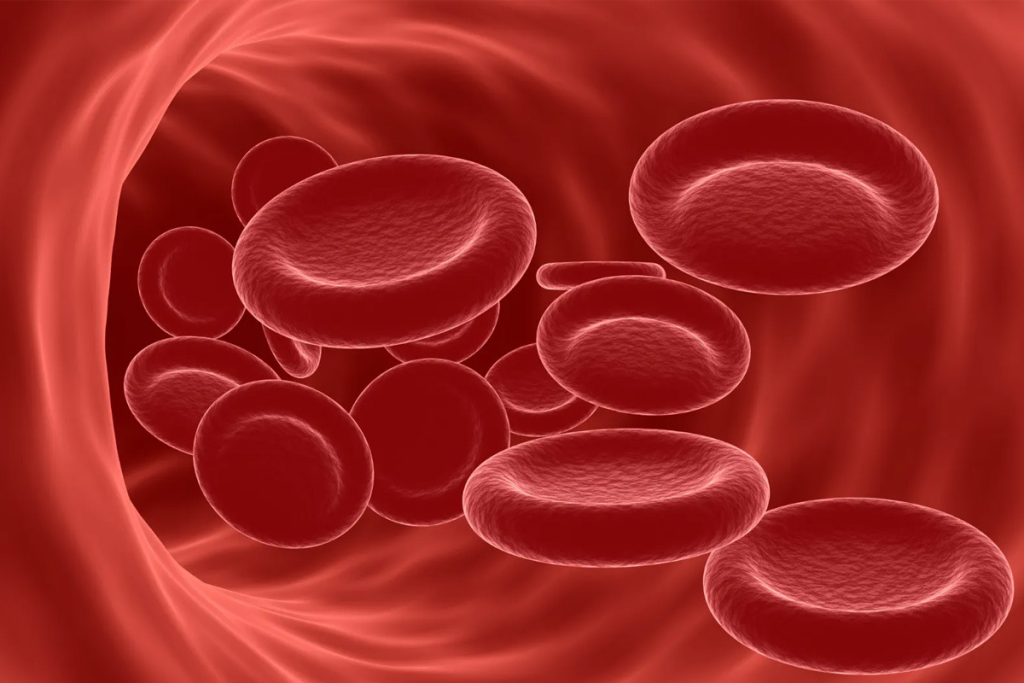Last Updated on October 20, 2025 by Batuhan Temel
Chemotherapy is a key tool in fighting cancer, but it can cause serious side effects, including blood disorders. The treatment harms rapidly growing blood cells, leading to hematologic complications. In haematology hematology, experts explain that chemotherapy can damage bone marrow, causing low blood cell counts.

Chemotherapy’s impact on blood cells is a big worry. It can cause neutropenia, a low count of neutrophils, which play a crucial role in fighting off infections. In both haematology hematology, understanding these effects is essential, as it helps patients and doctors anticipate and manage the risks associated with chemotherapy.
Chemotherapy can cause blood disorders due to its cytotoxic effects on blood cells.
Low blood cell counts are a common complication, increasing the risk of infections.
Neutropenia is a significant risk, particularly during the nadir period after chemotherapy.
Growth factors like G-CSF can help boost white blood cell production.
Understanding these risks is key to managing chemotherapy’s side effects.
It’s important to know how chemotherapy affects blood cells to manage side effects. Chemotherapy is a key part of cancer treatment. But it can harm the body, including how it makes blood cells. Chemotherapy’s cytotoxic effects on the bone marrow can lower blood cell counts. This makes patients more likely to get infections, anemia, and bleeding problems.

Chemotherapy attacks cells that grow fast, like cancer cells. But it also hits other fast-growing cells in the body. The bone marrow, which makes blood cells, is affected too. This can slow down bone marrow activity.
The expert says chemotherapy kills these cells. This leads to fewer blood cells being made. This includes red blood cells, white blood cells, and platelets.
Many cancer patients get anemia after chemotherapy. Before treatment, about 25.14% had anemia. But, after treatment, this number jumped to 35.54%. This shows how much chemotherapy affects red blood cell production.
Bone marrow suppression is a common side effect of chemotherapy. It can cause blood-related disorders. When chemotherapy weakens the bone marrow, it can lead to neutropenia. This is when there are not enough white blood cells, making infections more likely.
It can also cause thrombocytopenia, or low platelet counts. This increases the risk of bleeding. Knowing how chemotherapy affects blood cells is key to managing side effects. Healthcare providers can then take steps to lessen these effects. This helps improve patient outcomes and quality of life during treatment.
Chemotherapy saves lives but can cause many blood disorders. These disorders need careful watching and treatment to avoid serious problems. We will look at the common blood disorders after chemotherapy, how often they happen, and the risks they carry.
Anemia is when you have too few red blood cells. It makes you feel tired and short of breath. It really affects how well you live your life. Studies show anemia occurs in 25% to 35% of people after chemotherapy. It’s very important to manage anemia well to help patients feel better and avoid more problems.

Neutropenia means you have too few neutrophils, which fight infections. Data shows 27.97% of patients get neutropenia after chemotherapy, up from 22.32% before. The American Cancer Society says neutropenia makes infections more likely. Quick action is key to reducing this risk.
Chemotherapy can also lower other blood counts. Thrombocytopenia, for example, means you have too few platelets and can bleed easily. These issues show we need to watch patients closely during chemotherapy. We must quickly spot and treat these problems to help our patients the most.
Knowing about the blood disorders that can happen after chemotherapy helps us care for patients better. We must keep watching patients after treatment to catch and fix any issues right away.
It’s key to know the long-term risks of blood disorders caused by chemotherapy. Chemotherapy is a main treatment for many cancers. But it can deeply affect the blood system for a long time. We must understand these risks to care for patients fully.
Chemotherapy can cause blood disorders like anemia and neutropenia. These happen because chemotherapy stops bone marrow from working properly. These disorders can lead to long-term health problems and even more serious blood cancers.
Research at Vanderbilt University Medical Center shows a link between persistent cytopenia and blood cancers. Low blood cell counts for a long time can mean a higher risk of blood cancers. This shows why it’s vital to keep an eye on patients after chemotherapy.
Key findings from the research include:
The correlation between persistent cytopenia and an increased risk of blood cancers.
The importance of regular blood count monitoring post-chemotherapy.
There is a need for targeted strategies to mitigate long-term risks in patients with a history of chemotherapy-induced cytopenia.
Knowing these risks helps us plan better care. This includes checking blood counts often and watching for signs of trouble. Catching problems early can greatly help patients.
The importance of a complete care plan is huge. Healthcare providers must know how chemotherapy can affect the blood system long-term. This way, we can give our patients the best care, meeting their immediate and long-term needs.
Managing cancer treatment well means watching blood conditions closely. Chemotherapy affects blood health a lot. Knowing this helps us avoid big problems.
The National Cancer Institute says it’s key to check blood counts during treatment. This helps doctors catch issues early. It makes care safer and better for patients.
Keeping a close eye on blood and using smart plans is vital. This way, we make treatment safer and more effective. It helps patients get better faster.
Chemotherapy can lead to blood issues like anemia and neutropenia. Regular checks help doctors give better care. This improves life quality for those fighting cancer.
After chemotherapy, people often face anemia, neutropenia, and thrombocytopenia. Anemia means fewer red blood cells, causing fatigue and shortness of breath. It affects 25% to 35% of patients.Neutropenia lowers neutrophil counts, raising the risk of infections. It happens in about 28% of patients. Thrombocytopenia can cause bleeding issues.
Chemotherapy harms the bone marrow, reducing blood cell counts. It targets fast-growing cells, suppressing the bone marrow. This makes patients more prone to infections, anemia, and bleeding.
Long-term bone marrow issues can lead to severe blood cancers. This is why ongoing monitoring is key. The risk of leukemia and other blood cancers is a concern for those who have had chemotherapy.
Regular blood tests help doctors catch problems early. This reduces the chance of serious issues and improves care. Keeping a close eye on blood counts is vital to managing chemotherapy’s side effects.
Hematology studies blood and blood disorders. Chemotherapy’s effects on blood cells are a big worry. Knowing about hematology helps manage chemotherapy’s blood-related side effects.
Healthcare providers can tackle chemotherapy’s blood effects by understanding how it works. They can then use specific strategies to lessen risks. Keeping a close watch on blood counts and treating issues quickly is key to avoiding serious problems.
U.S. National Library of Medicine. (2020). Chemotherapy-Induced Anemia: Pathophysiology, Diagnosis, and Management. Journal of Cancer, 11(1), 1-10
Subscribe to our e-newsletter to stay informed about the latest innovations in the world of health and exclusive offers!
WhatsApp us